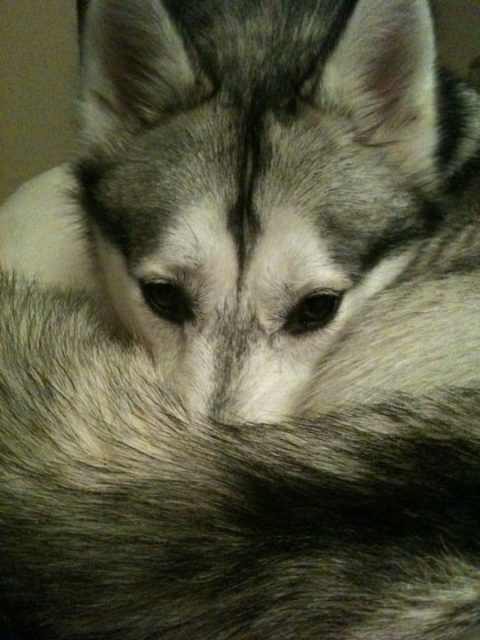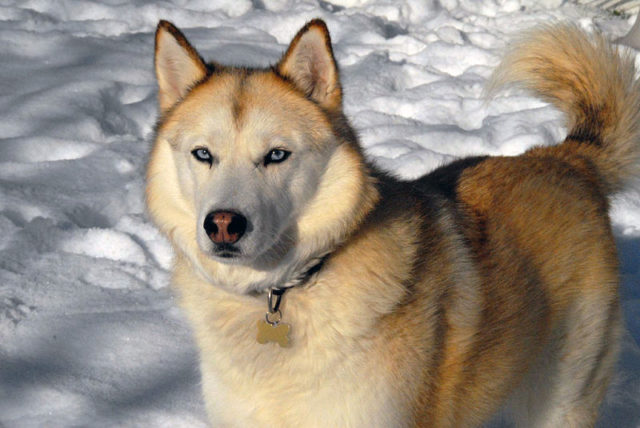Any person that owns a dog will know of the special bond between an owner and their canine best friend. This bond has lasted over thousands of years, but in several ancient cultures, was far more complicated than today.
A canine graveyard discovered in Russia, dating back 2,000 years, shows the people living there at that point in time would use their pets for activities such as sledding and hunting, and more shockingly that some people would feast on them.

The role of dogs at Ust Polui is complicated and variable. The dogs would have done various tasks within the village at that time, comprising of hunting birds and reindeer, pulling sleds, and some may have been sacrificed as part of rituals. Many also developed close bonds with their owners. Several of the dog remains had marks as if they had been butchered and eaten. Several displayed signs of being eaten. In one place, the heads of at least 15 dogs were piled together, all with their skulls broken open in a precise manner. Of the 115, only five were discovered carefully buried and in one piece, possibly showing that these five dogs were particularly special to their owners.
Each one of these graves comprised the whole canine skeleton, arranged on its side in a shallow pit, similar to three human burials at the site. They showed no signs of butchery or of being deliberately killed, compared to the other 110 animals.
The remains were discovered at an excavation site known as Ust-Polui, which is a town known as Salekhard in Russia’s Arctic Circle. Canine graveyards have been discovered before, but this special site is far bigger than ant found before.

A carved ivory knife handle from Ust Polui was found in the 1930s. It is believed to represent a dog wearing a sled harness. Tests that have been done on the remains at both sites suggest they would have been similar to Siberian Huskies. The dogs were much smaller, usually weighing 50 lbs, and standing at 1.6 ft tall at their shoulders. In a paper that was published in 2013, Professor Losey publicized the results of the other research done on the dog burials; it was dated to about 8,000 years ago. There was no evidence at this site that pointed to any rituals or dog sacrifices.
